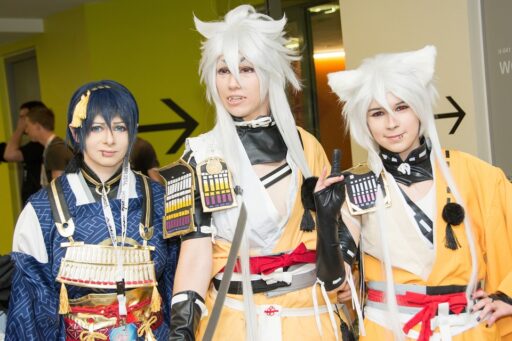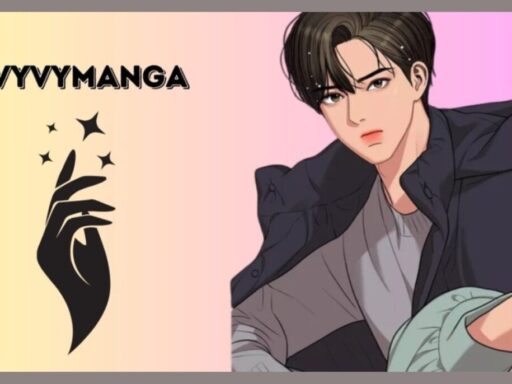Yaoi, a genre of fictional media that focuses on romantic or sexual relationships between male characters, has gained immense popularity over the years. With its roots in Japanese manga and anime, yaoi has captured the hearts of fans worldwide. In this comprehensive guide, we will delve into the vibrant world of yaoi fandom, exploring its history, themes, and the passionate community that surrounds it.
The Origins of Yaoi
Yaoi Fandom , also known as “Boys’ Love” or “BL,” originated in Japan in the 1970s. It began as a subgenre of shoujo manga, which primarily targeted young girls. The early yaoi stories featured romantic relationships between male characters, often with a focus on emotional connections and character development.
Over time, yaoi expanded its reach and gained a dedicated fanbase. Today, it encompasses various forms of media, including manga, anime, novels, and even live-action adaptations. Yaoi stories can range from sweet and fluffy romances to intense and dramatic narratives.
Themes and Tropes
Yaoi explores a wide range of themes and tropes that appeal to its diverse audience. One common theme is the exploration of forbidden love, as many yaoi stories involve characters who must navigate societal or personal obstacles to be together.
Another popular trope in yaoi is the “seme” and “uke” dynamic. The seme is the dominant partner in the relationship, while the uke is the submissive one. However, it is essential to note that these roles are not fixed and can vary between stories. Many yaoi works challenge traditional gender roles and offer nuanced portrayals of characters.
Yaoi also often features elements of angst, drama, and emotional intensity. These stories can evoke a range of emotions in readers, from heartwarming moments to heart-wrenching tragedies. The genre’s ability to explore complex emotions and relationships is one of the reasons why it has such a devoted following.
The Yaoi Fandom
The yaoi fandom is a vibrant and passionate community that celebrates and engages with the genre in various ways. Fans come together to discuss their favorite works, create fan art, write fanfiction, and attend conventions and events dedicated to yaoi.
Online platforms have played a significant role in fostering the growth of the yaoi fandom. Websites and forums provide spaces for fans to connect, share their creations, and engage in discussions. Social media platforms like Twitter and Tumblr have also become hubs for yaoi enthusiasts to share their love for the genre.
It is important to note that while the yaoi fandom is predominantly female, there are also male and non-binary fans who enjoy the genre. The diverse nature of the fandom contributes to its richness and the variety of perspectives it offers.
Yaoi and Representation
Yaoi has often been criticized for its portrayal of relationships between men, as some argue that it perpetuates harmful stereotypes or fetishizes same-sex relationships. It is crucial to approach yaoi with an understanding that it is a fictional genre created for entertainment purposes.
However, yaoi can also provide a platform for exploring LGBTQ+ themes and offering representation to those who may not find it in mainstream media. Many fans appreciate yaoi for its ability to depict same-sex relationships in a way that resonates with them personally.
It is important to approach yaoi and any form of media with a critical eye, acknowledging both its merits and its limitations. As with any genre, yaoi offers a range of stories and interpretations, and it is up to the individual to engage with it in a way that aligns with their values and preferences.
Conclusion
The world of yaoi fandom is a thriving and diverse community that celebrates the genre’s unique themes and narratives. From its humble beginnings as a subgenre of shoujo manga to its current global reach, yaoi has captivated fans with its compelling stories and complex characters.
Whether you are a long-time fan or someone curious about exploring the genre, this comprehensive guide has provided you with a glimpse into the world of yaoi. Remember to approach it with an open mind, respect for diversity, and an appreciation for the creativity and passion that fuels this vibrant fandom.







